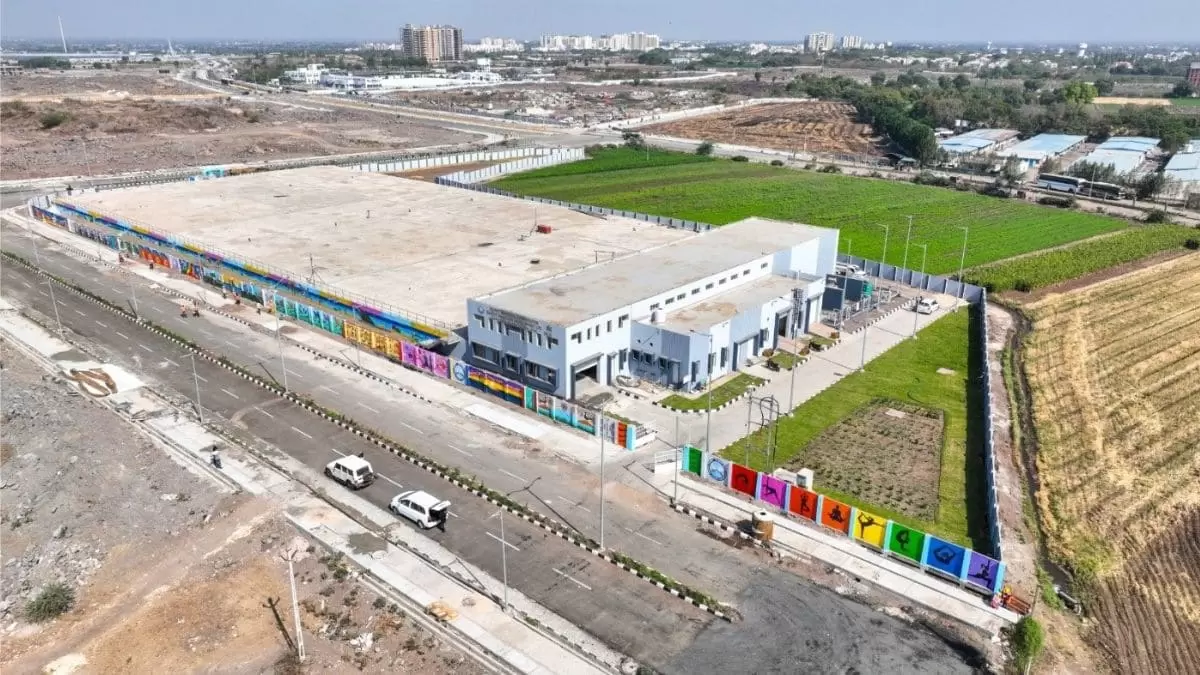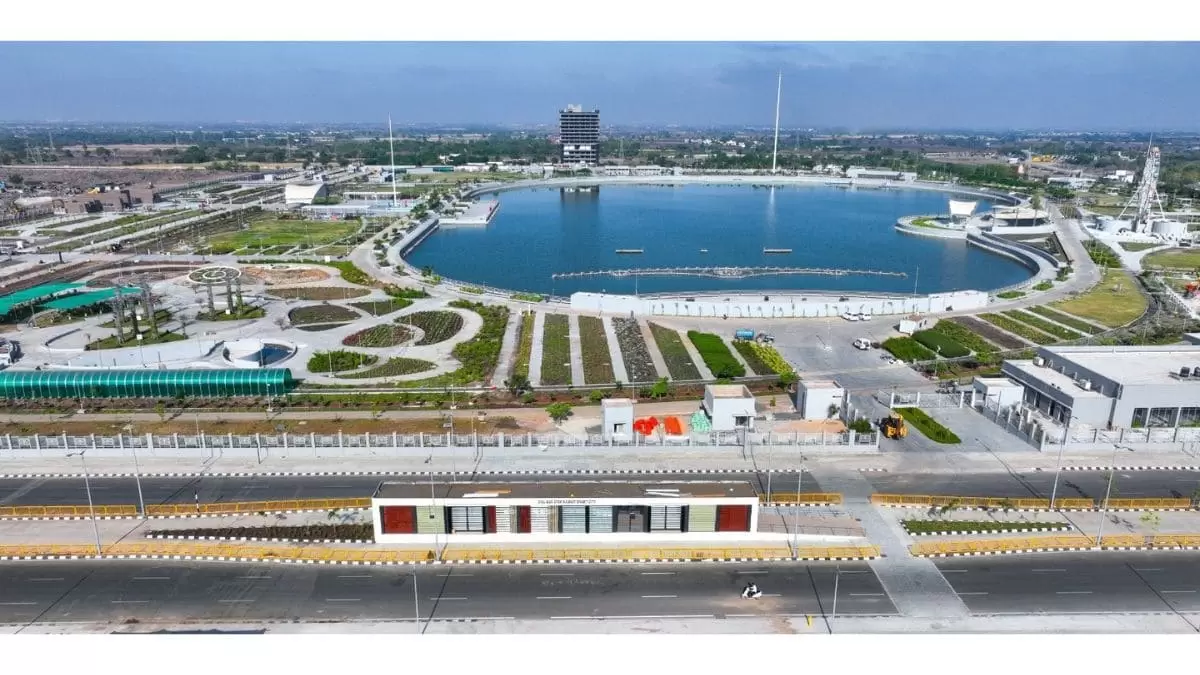Rajkot: Rajkot is a city in the western part of Gujarat and is the fourth largest city in the state. In terms of migration, it has the highest migration rate in western Gujarat, popularly known as Saurashtra. Due to this migration, the city has witnessed significant growth in population. Rajkot is well-known for its MSME sector and light automobile ancillary industries. The city has a distinct DNA of innovation, which keeps it ahead of its competitors in terms of cost advantage. In line with this, the state government expands the city limits almost every five years, resulting in growth not just within the city but also in the adjoining areas.
One notable aspect of Municipal Corporations in Gujarat and Maharashtra is that they are institutions that provide the maximum number of civic services under one umbrella, unlike other parts of the country. For example, a city outside these states is likely to have more than one entity providing civic services. However, in Gujarat and Maharashtra, Municipal Corporations provide more than 26–30 different services. Even within Gujarat, for the same service area, there would be almost 25–26 different departments providing the same service, which is managed by a Municipal Corporation within its jurisdiction. In a nutshell, the Municipal Corporation is a very large organization that impacts the growth of the city both physically and financially/economically.

The service area of Rajkot Municipal Corporation is 164 square km. The Municipal Corporation also has a culture of innovation. For instance, it started concepts like outsourcing and privatization in the early 1990s, much before they became industry standards. Therefore, it has gone beyond providing just basic city services like water, sewerage, and solid waste management. Rajkot Municipal Corporation also maintains a zoo, planetarium, modern libraries, reading rooms, state-of-the-art sports facilities, auditoriums, etc. Taking its culture of innovation forward, the city created Gujarat’s first greenfield smart city, covering an area of 730 acres. The project was made under the Smart City Mission and is unique among other smart city mission projects. The city also leads in climate action and has won the “One Planet, One City” award four times consecutively from India. Additionally, the city recently announced its Net Zero action plan by 2070.
It is also important to note that the financial health of the Municipal Corporation is vital to ensure growth. Rajkot Municipal Corporation has undertaken many reforms and initiatives to ensure healthy fiscal discipline.
As part of this effort, Rajkot Municipal Corporation raised Rs 100 crore via Municipal Bonds. The issue was oversubscribed by 4.95 times, with an interest rate of 7.90%. The tenure of the bond is five years. The credit rating of Rajkot Municipal Corporation is AA by Crisil. The bidding was done on the Electronic Bidding Platform of the National Stock Exchange.
Rajkot Municipal Corporation started preparing for the bond issue long ago. The first step involved financial reforms such as converting to double-entry accounting and digitizing and computerizing all transactions. The next step was to improve the credit rating. The first credit rating of the Municipal Corporation was A-, which has now improved to AA+ by Crisil. Over the years, significant efforts were made to improve service-level benchmarking for services, rationalize user charges, improve the recovery of both tax and non-tax revenue, and enhance the overall governance of the Municipal Corporation, which led to the present credit rating. The Municipal Corporation intends to further improve the rating to AA+ to match other progressive cities in India, such as Ahmedabad, Surat, Pune, and Indore.
The proceeds from the bond issue will be used to create water supply and sewerage infrastructure for the newly merged areas of the city. This includes one 23 MLD STP, one 14 MLD ESR, and about 500 km of water distribution and sewerage collection networks, which will be partially financed by the bond proceeds.
The average borrowing cost for the city will be much lower due to the Rs. 13 crore interest subsidy provided by the Government of India to cities that issue Municipal Bonds. The major impact of the bond issue will be the increase in transparency and reporting of financial and non-financial data. The overall performance review mechanism in the Municipal Corporation will also see improved transparency. The Municipal Corporation will also benefit from stronger internal control systems, which will have to be institutionalized as part of the bond compliances.





